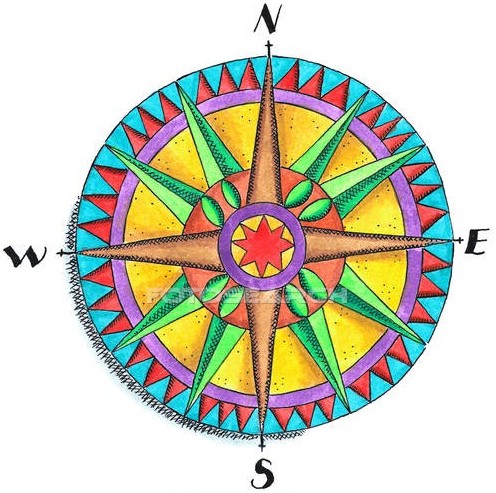
England
& Wales Hardwicke Marriage Index
Marriages
1754 - 1837
Therfield St Mary
 |
England
& Wales Hardwicke Marriage Index |
The ParishThe parish of Therfield lies in the extreme northeast of Hertfordshire forming a lengthy stretch of the county's border with neighbouring Cambridgeshire. Therfield is located just under 3 miles southwest of the market town of Royston and sits a little over a mile west of the A10 road which connects Royston with Ware. Therfield is a mid-sized and compact village with most properties built around a double-oblong of lanes running from northwest to southeast. Therfield has much ancient history around it, between Therfield and Royston on Therfield Heath archaeologists have located many Neolithic long barrows all in association with the ancient trackway of Icknield Way (now a local trail which passes through the village) which together with the Ridgway follows the chalk all of the way to the Wiltshire concentration of ancient edifices, In addition there are the 3 mile ditches which traverse the heath, these are Iron Age and once lay across that ancient route-way stretching from the impenetrable Fen as far as the thick forest that once occupied the chalk, their function was clearly to control traffic along Icknield Way. In this area of the county the underlying chalk beds were almost parallel to the land surface so we do not see the dramatic escarpments of further west, the result was easily worked land which quickly became intensely arable, a fact clearly seen today when most hedgerows have been removed and vast cereal fields dominate the landscape. Therfield is drained westwards by a tributary of the Cat Ditch, the latter eventually meeting the River Ivel south of Biggleswade and quickly in turn the Great Ouse before reaching the North Sea through The Wash. Therfield stands on relatively high ground at 160 metres above the sea there being none higher for many miles. Therfield parish was extensive covering almost 4,800 acres and that acreage would have been densely populated by 1,200 parishioners. In Domesday times Therfield was a holding of Ramsey Abbey whilst its population of 52 households was sufficient to place it in the largest 20% of settlements by population its assets were more meagre, just 13 ploughs and a small tract of woodland. |
 |
|
|

|
| Register No | Covering Dates | Deposited With | Register Style | Quality Standard | Comments |
| 1 | 29th June 1754 - 6th February 1796 | Hertfordshire Archives & Local Studies - Reference DP/107/1/6 | Standard preprinted and self-numbered Marriage register with 4 entries per page | Grade 2 Register - not a perfect read but with a low likelihood of misreads | None |
| 2 | 19th November 1796 - 24th December 1812 | Hertfordshire Archives & Local Studies - Reference DP/107/1/7 | Standard preprinted and self-numbered Marriage register with 4 entries per page | Grade 1 Register - Few issues noted and a low likelihood of misreads | None |
| 3 | 13th May 1813 - 26th June 1837 | Hertfordshire Archives & Local Studies - Reference DP/107/1/8 | Standard Rose style preprinted and prenumbered Marriage register | Grade 1 Register - Few issues noted and a low likelihood of misreads | None |
|
Royston
St John the Baptist
|
||
|
Kelshall
St Faith
Sandon All Saints |
 |
Reed St
Mary
|
|
Sandon
All Saints
|
1760 1770 1780 1790 1800 1810 1820 1830
Corrections to Tinstaafl Transcripts